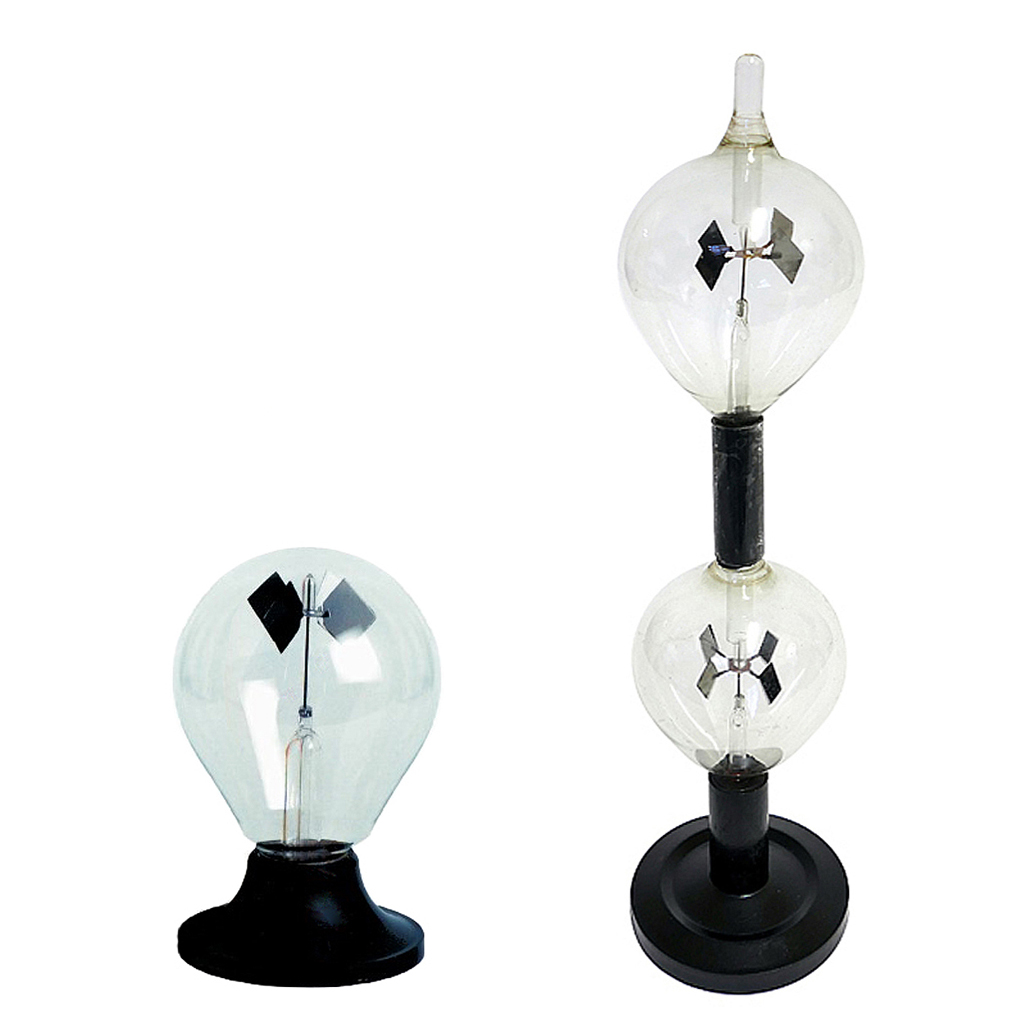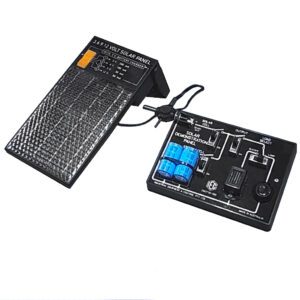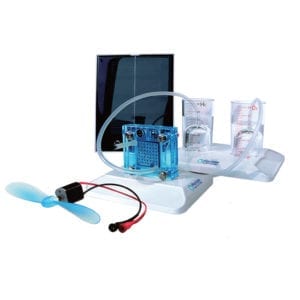CROOKES RADIOMETER: Single vane, Double vane
Comprises a partially evacuated glass bulb containing 1x set of 4x mica vanes mounted on a pivot. For each vane 1x side is black, the other shiny. The presence of heat or light energy causes the vane to rotate.
NOTE: Designed for demonstration purposes using a heat/light source to provide energy to rotate the vanes. It wont necessarily spin if the sun is too high in the azimuth as its rays will not strike the vane at the correct angle to provide sufficient energy for them to rotate.



